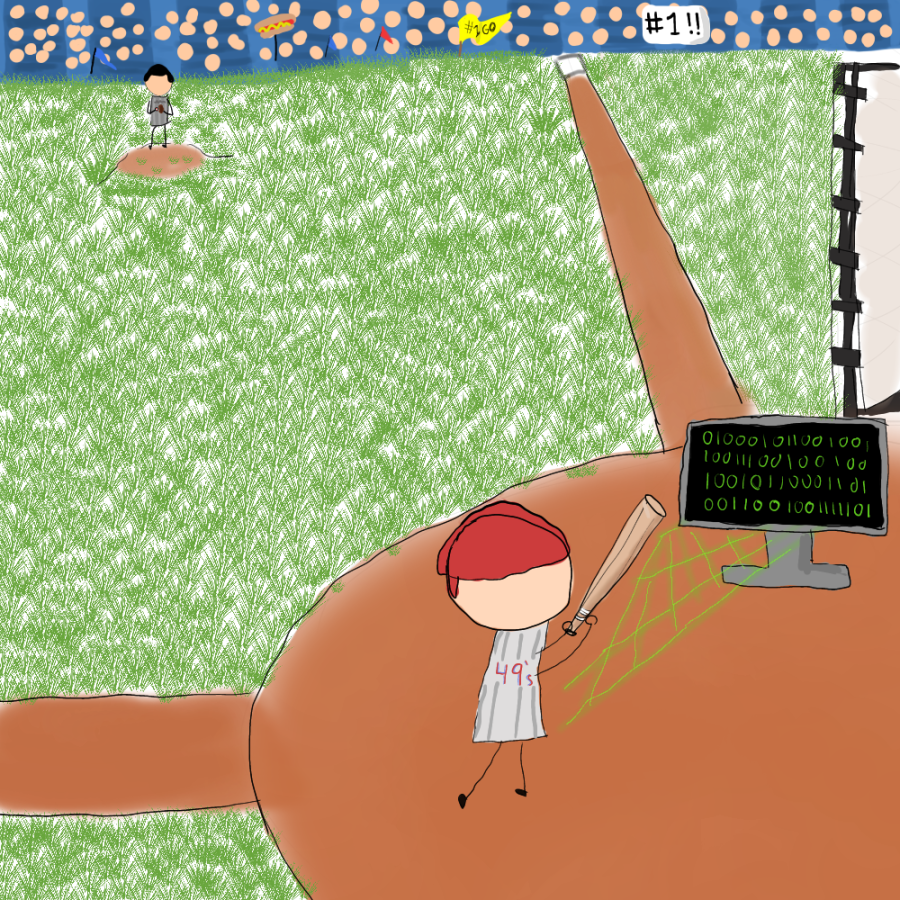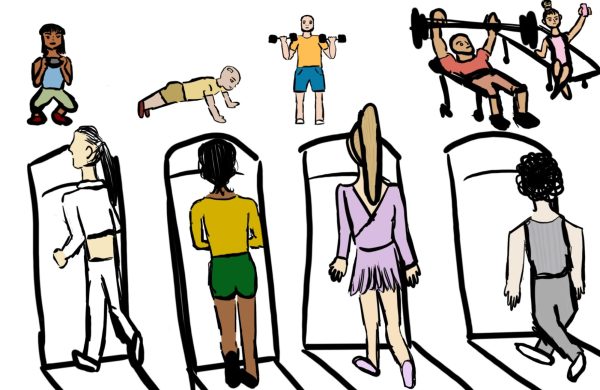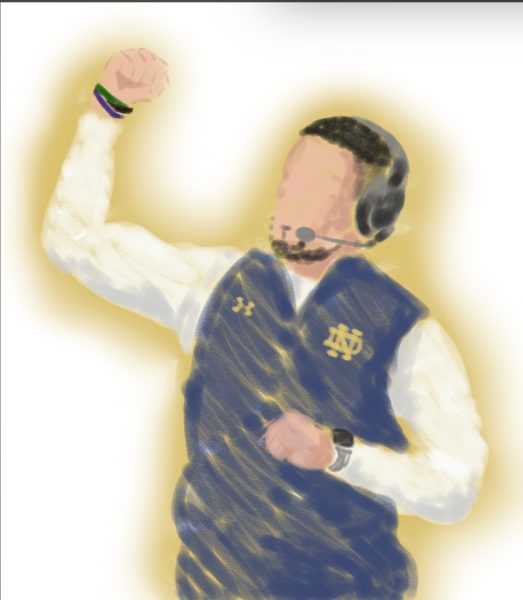AI doomsday irreversibly changes traditional athletics
Moneyball, released in book form in 2003 and as a film in 2011, tells the tale of Billy Beane, General Manager of the Oakland Athletics. Beane was the first to pounce on a soon-to-be baseball revolution, using analytics and statistical data to create a competitive club despite the franchise’s limited and scarce resources. Among many other things, the movie Moneyball can be regarded as the best illustration of data-driven performance enhancement in sports. In today’s world, Moneyball-esque tactics are largely considered primitive.
Now, more than twenty years after the events of Moneyball, sports have advanced dramatically. The most prominent example of this incorporation of new technology is the use of big data for sports analytics. With the advent of artificial intelligence in sports, we are already experiencing a new wave of change in both how games are played and how spectators around the world view them.
“I’ve enjoyed seeing how advanced technologies have benefited sports training,” said junior Luca Cutinello. “In my own athletic training, I’ve been able to utilize technology which personalizes my workouts.”
Human performance can certainly be estimated and predicted quantitatively, despite the fact that this being an exact science is a long way from being an actual possibility. Professional sports organizations are employing player performance data as a gauge of potential and fit. However, the performance data utilized for scouting prospective recruits doesn’t simply mean using the publicly available stats like home runs, goals, or passes, but also employing more sophisticated measures that consider a variety of variables. However, humans may be unable to effectively record and evaluate these measurements due to their limited perceptual abilities. Big data and artificial intelligence are already being used in sports management, making it simpler and more accurate to track and measure key predictors of future success.
Analysts and coaches must examine a large number of data points relevant to both individual players’ and the team’s performances in order to evaluate performances in any sport. They can use this to determine the players’ strengths and weaknesses. The measures used to measure each player’s contribution vary depending on their position on the team. Even though not all facets of performance can now be measured using numbers, more and more parts of a player’s performance are becoming quantitative and hence measurable. This is made possible by employing artificial intelligence to determine the relationships between qualitative traits and quantitative data, measuring those variables, and then predicting the players’ qualitative values based on those relationships.
While preparing for games, AI can also be used to spot trends in the strategies, advantages, and disadvantages of the opposition. This aids coaches in creating thorough gamelans that maximize the chance of success depending on their analysis of the opposition.
“Apps such as HUDL which track all sorts of high school football statistics have helped me greatly throughout my career,” said senior John Kaiser. “Without this type of intuitive technology I don’t know how I would have prepared for games.”
AI has the potential to transform not only sports for athletes and sports managers, but also live broadcasting and the spectator experience. AI is also expected to alter how sports broadcasters make money from their broadcasts. AI technologies can be used to automatically select the appropriate camera angle to broadcast on the viewers’ screens based on the actions taking place on the field. In accordance with the viewer’s preferences for language and location, it can automatically deliver subtitles for live events in several languages. Broadcasters may successfully take advantage of monetization potential through ad sales by using artificial intelligence systems to find the best opportunities to deliver advertising depending on crowd excitement levels in sporting arenas.
While artificial intelligence has certainly been a benefit to professional athletics, it has flaws which many passionate detractors of the new technology will consistently point out. These people will often point to the increasing inclusion of artificial intelligence in the ultra-traditional sport of Baseball.
The “Automated Ball-Strike System,” as these robot umpires are officially known, can be used in one of two ways. One is a fully automated system that informs the umpire whether every pitch is a ball or a strike using artificial intelligence. Alternatively, the MLB might opt to deploy the AI as a review system, similar to VAR in soccer or the Hawk-Eye system used in professional tennis, where each team is given a set number of challenges that are then decided by the automated system.
“I’m not a fan of the robot umpire system the MLB seems to be implementing,” said senior Luke DelValle. “Human error is a major part of baseball and sports as a whole. Removing that would make it remove what makes baseball special.
Since a few years ago, robot umpires have been present at minor league baseball games, and the technology appears to be effective. It is a very similar system to the strike zone that is superimposed on a television broadcast.
Regardless of how it is implemented, AI and advanced technologies in sports are bound to cause debate. It is our responsibility as fans to ensure that when these things are brought in to the sports we hold so dear to our hearts, it is done so for the benefit of the game.
Your donation will support the student journalists of Saint Viator High School. Your contribution will allow us to purchase equipment and cover our annual website hosting costs.





